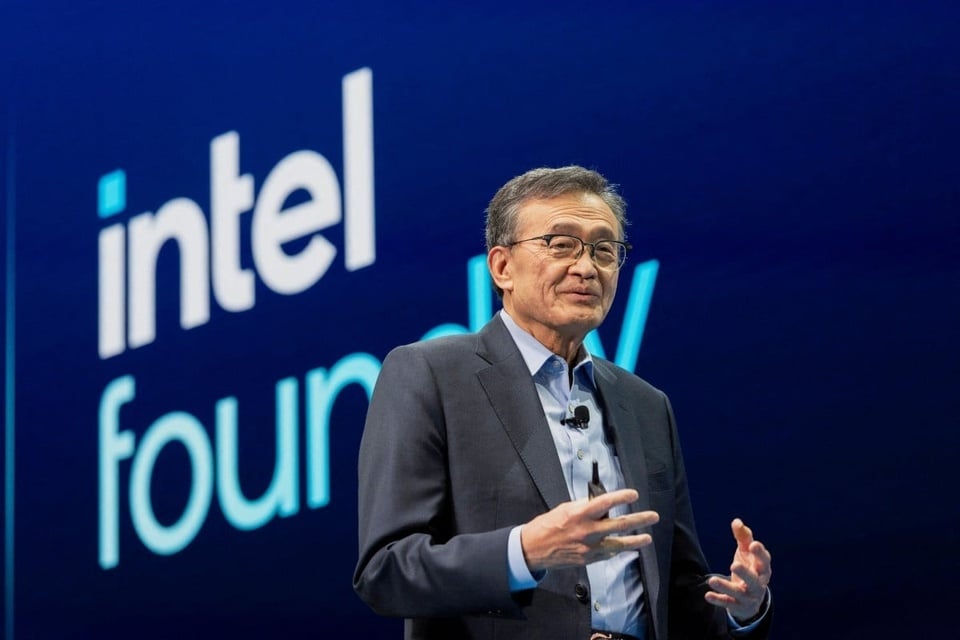 |
Intel CEO Lip-Bu Tan. Photo: Reuters . |
In a July 24 announcement, Intel said it would cut about 25,000 jobs this year as part of its turnaround plan.
Intel's latest round of layoffs and streamlining will reduce its headcount from 108,900 (end of 2024) to about 75,000 (end of 2025).
According to the New York Times , Intel also confirmed that it has abandoned plans to open factories in Germany and Poland, slowed down the construction of a factory in Ohio (USA), while consolidating operations in Costa Rica to larger locations such as Vietnam and Malaysia.
Intel first announced its cost-cutting plan in April. Since then, the company has laid off about 15,000 employees (15% of its workforce). The company will also cut more than 15,000 jobs by August 2024. That means about 10,000 more employees will be laid off by the end of the year.
In its second-quarter financial report, Intel reported a net loss of $2.9 billion , including restructuring costs from its cost-cutting policy. The company's revenue was nearly unchanged at $12.9 billion , higher than analysts' forecasts. Intel forecasts a loss in the third quarter, although revenue may increase.
“I know the past few months have been difficult. We are making difficult but necessary decisions to streamline our organization, drive efficiencies and increase accountability at every level of the company,” said CEO Lip-Bu Tan.
In April, Intel said it expected to cut operating expenses this year to $17 billion , aiming to reduce them to $16 billion by 2026.
Once one of Silicon Valley’s most profitable companies, Intel rose to prominence in the 1990s selling processor chips, the key components of personal computers. But the company failed to capitalize on the boom in smartphones and the demand for AI chips, a field dominated by Nvidia.
Mr. Tan was appointed CEO of Intel in March. Since then, he has laid out a strategy to reduce red tape, increase the pace of innovation, and make products more competitive with rivals like AMD. Although Mr. Tan admits that results will not come immediately.
Analysts are still evaluating Intel’s latest manufacturing process, which will impact chip performance. Former Intel CEO Patrick Gelsinger once believed the 18A process would put Intel’s products on par with advanced chips produced by TSMC.
Since Gelsinger’s replacement, Intel’s leadership has stopped making similar statements. However, 18A technology still plays an important role in Intel’s chip upgrades.
In a call with analysts, Tan said Intel is working on a successor process called 14A. The CEO insisted that Intel would not repeat its past mistakes, when it built factories without understanding customer needs.
“Over the past few years, the company invested too much, too early, without enough demand. This process caused our factories to be fragmented and inefficient. We had to adjust our direction,” Tan stressed.
Source: https://znews.vn/intel-co-the-cat-giam-25000-nhan-vien-post1571566.html



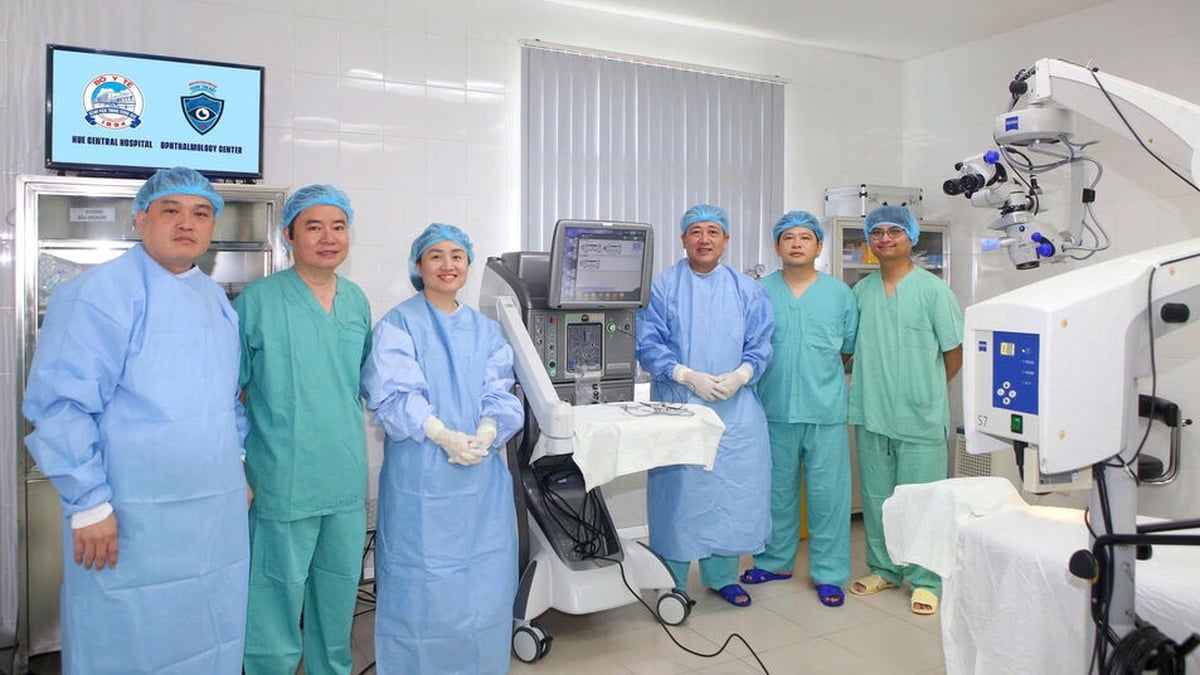
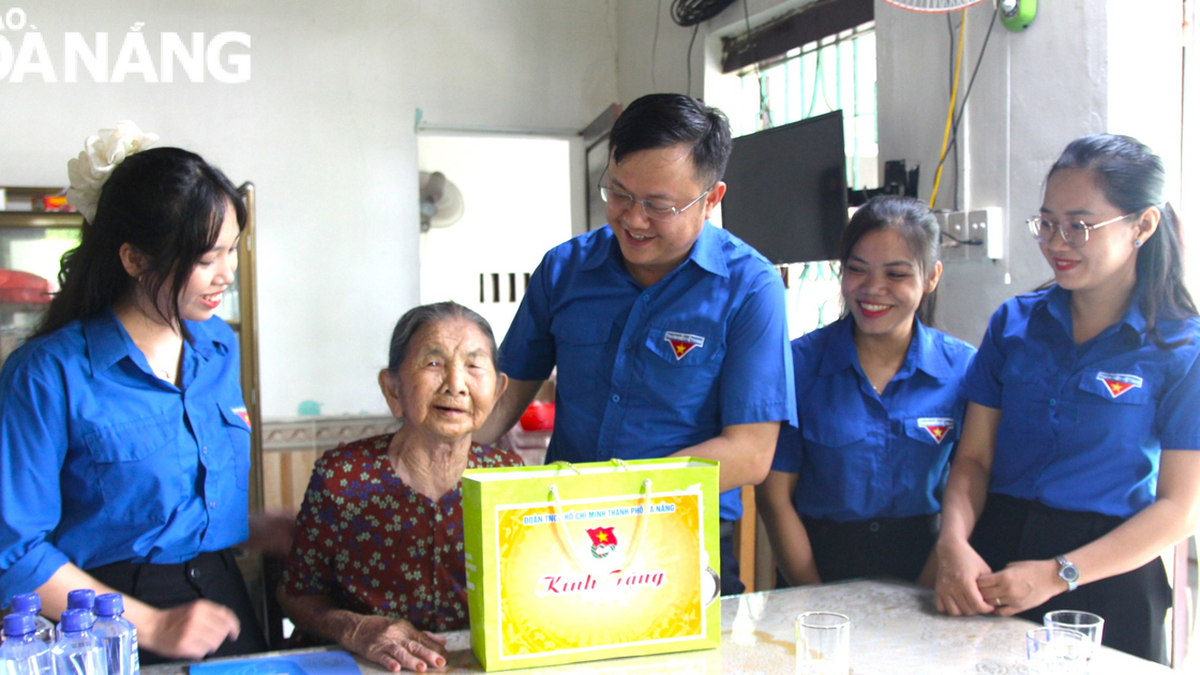
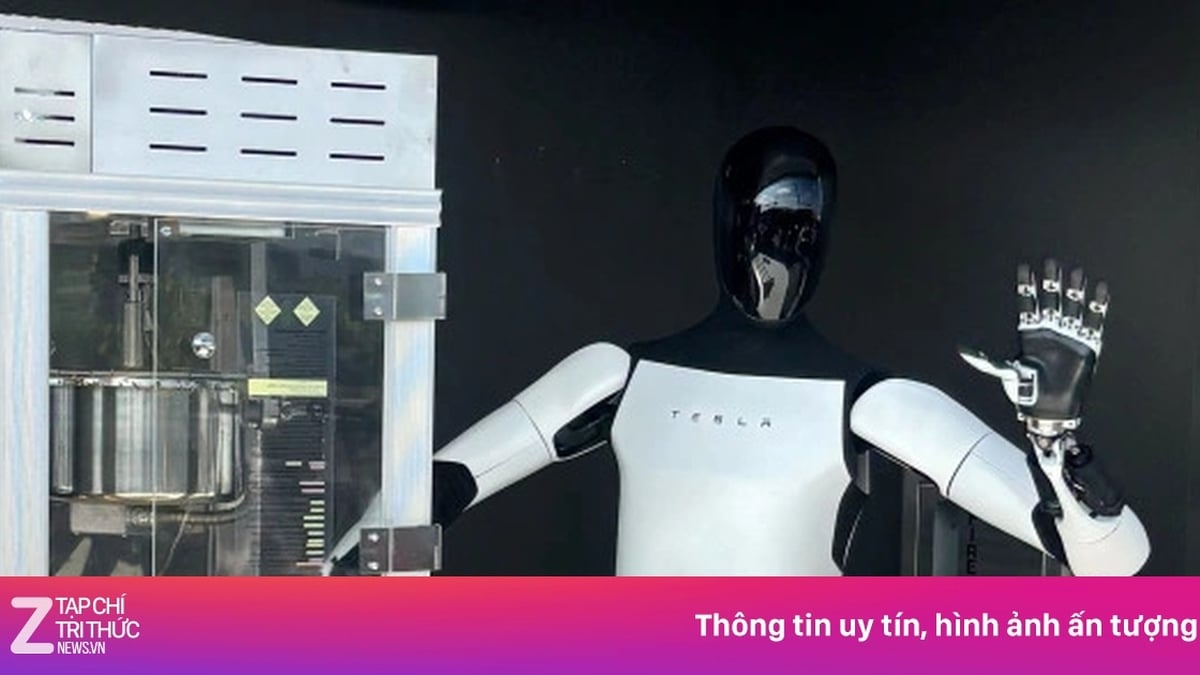


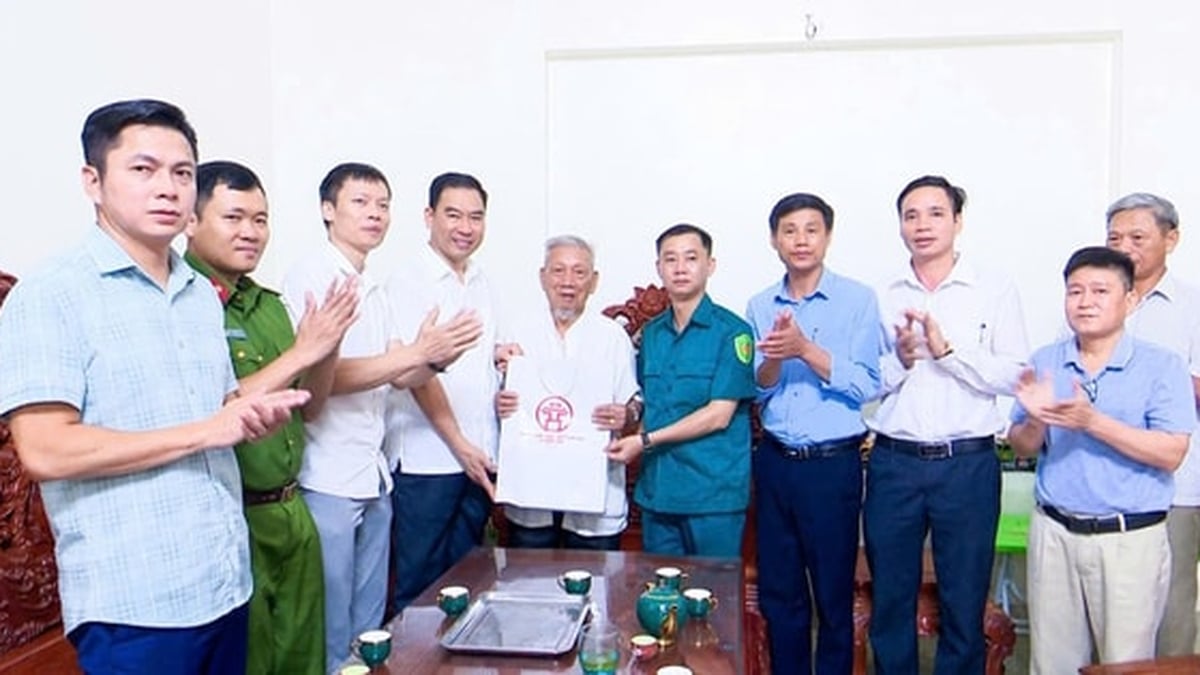




















![[Photo] Signing of cooperation between ministries, branches and localities of Vietnam and Senegal](https://vphoto.vietnam.vn/thumb/1200x675/vietnam/resource/IMAGE/2025/7/24/6147c654b0ae4f2793188e982e272651)








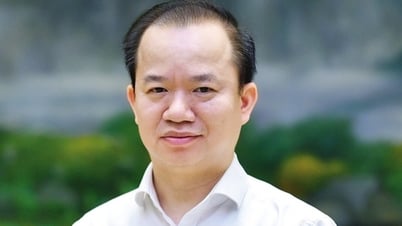









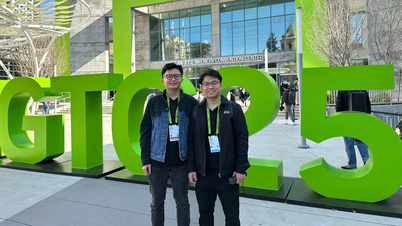
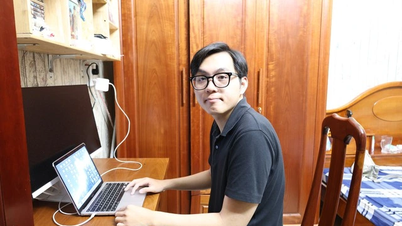












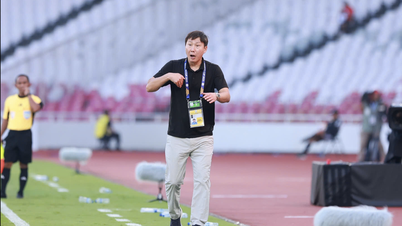





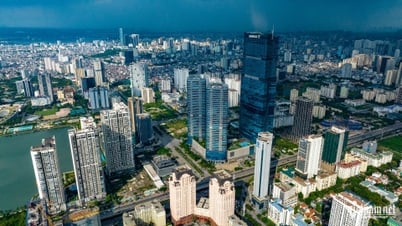


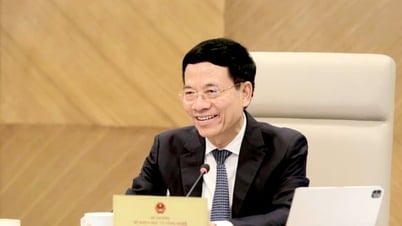




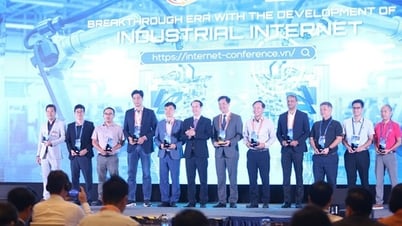
























Comment (0)